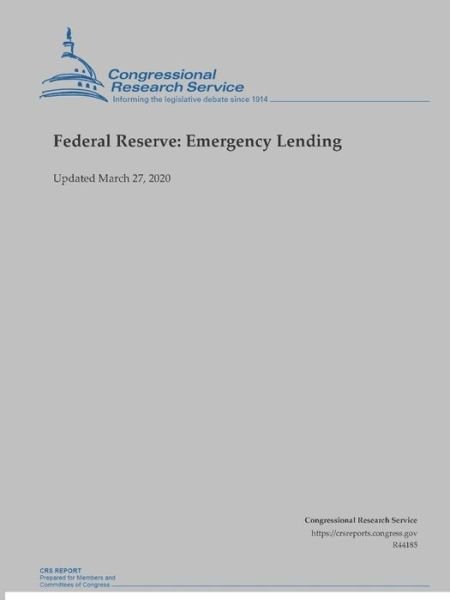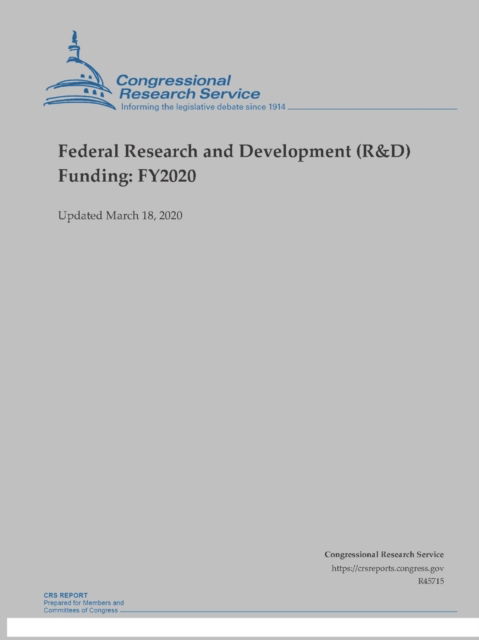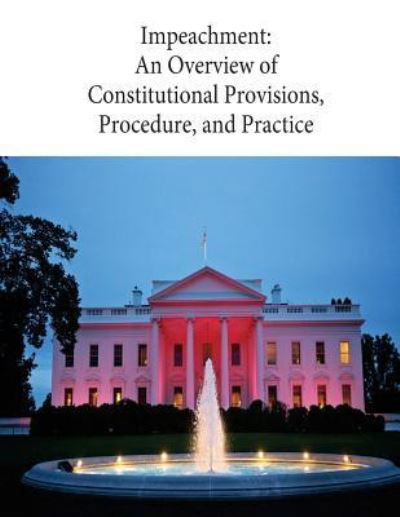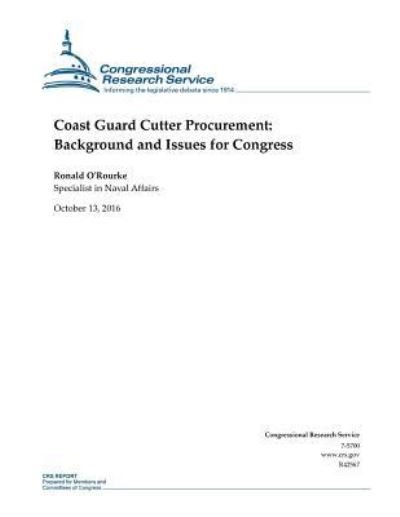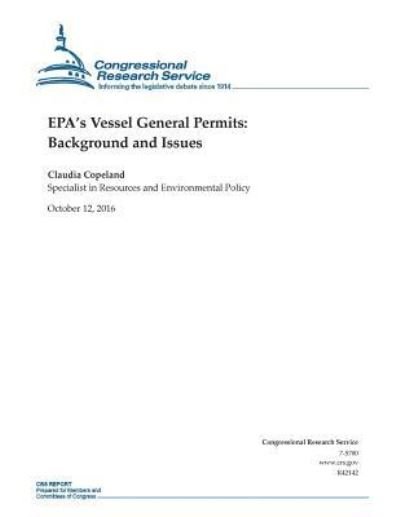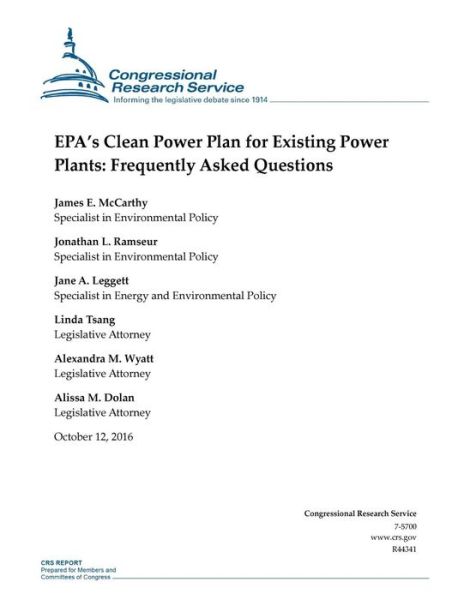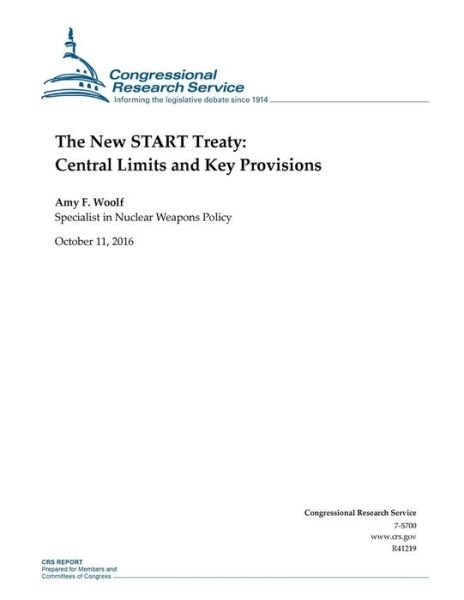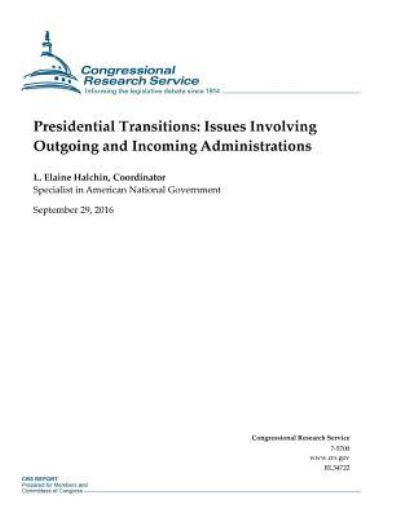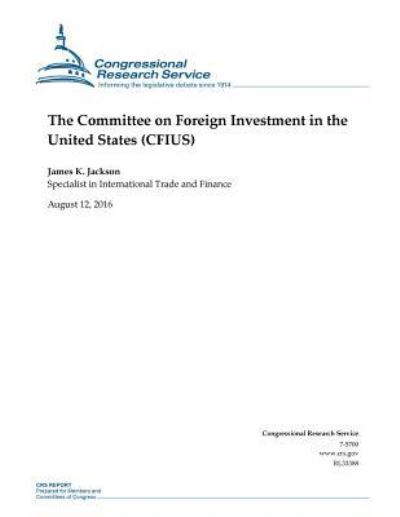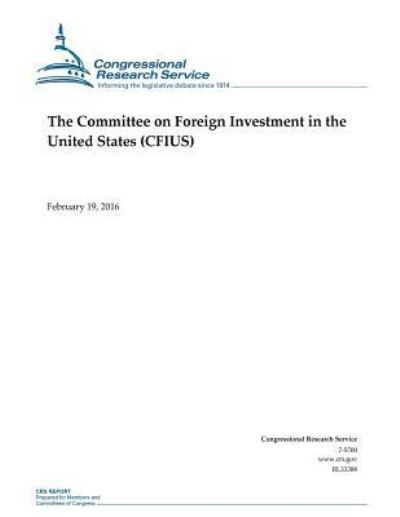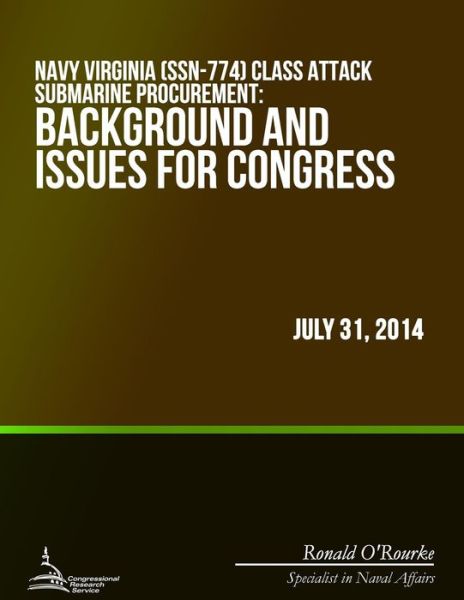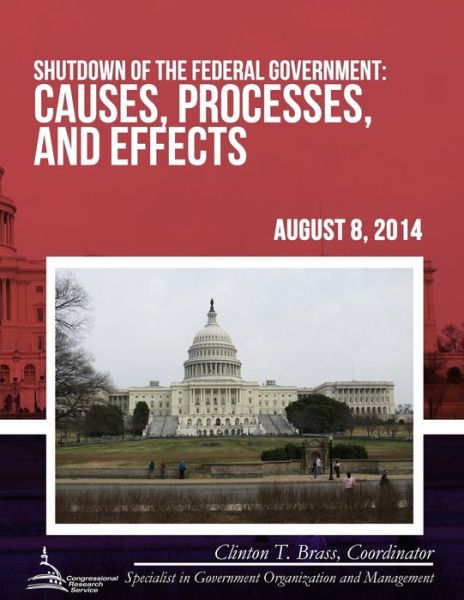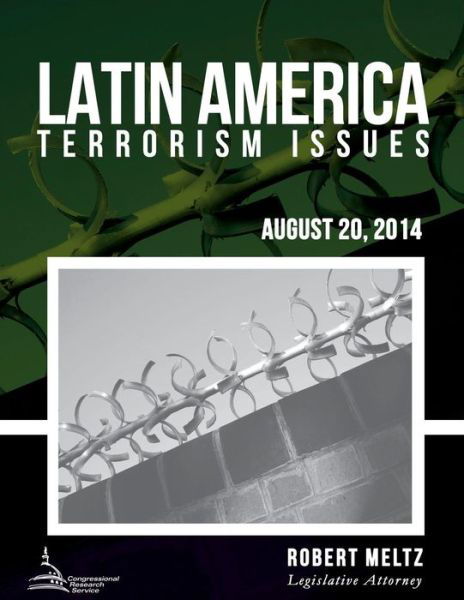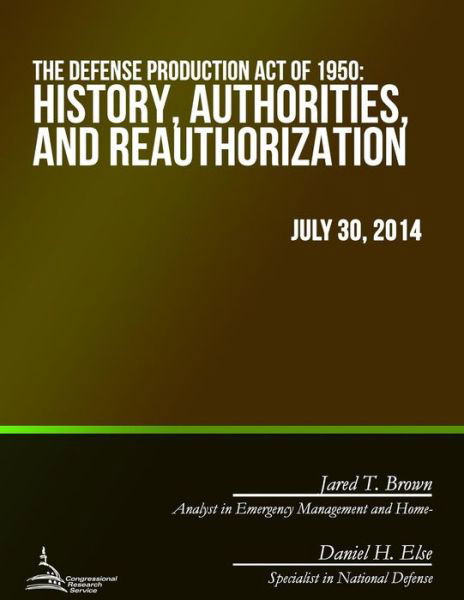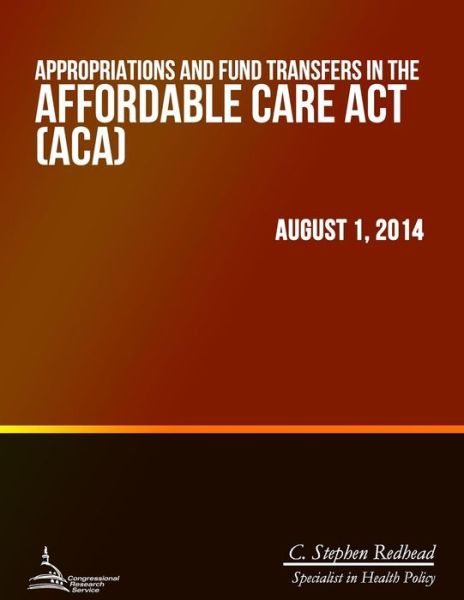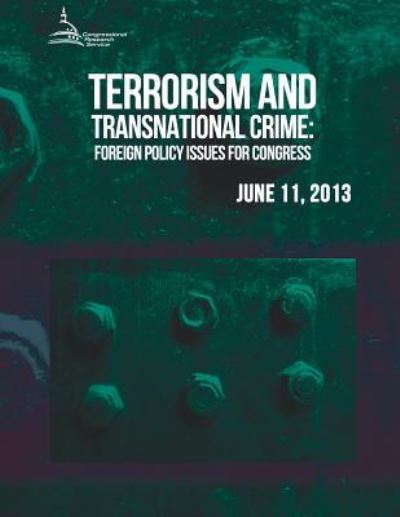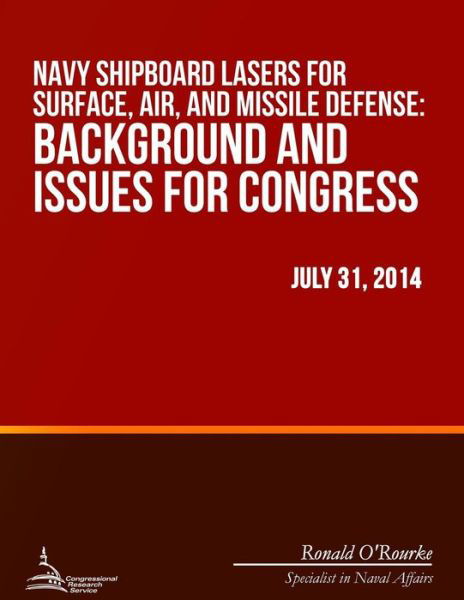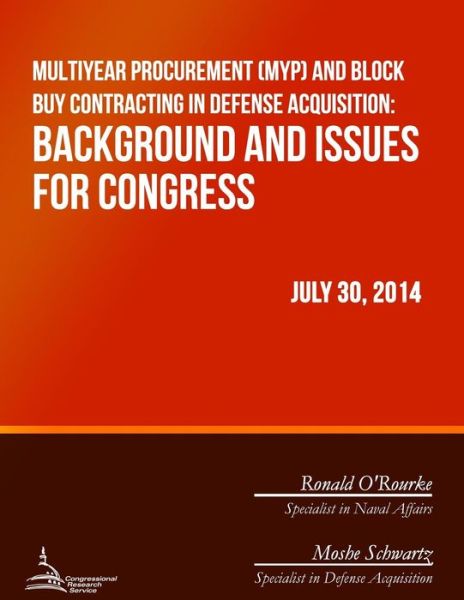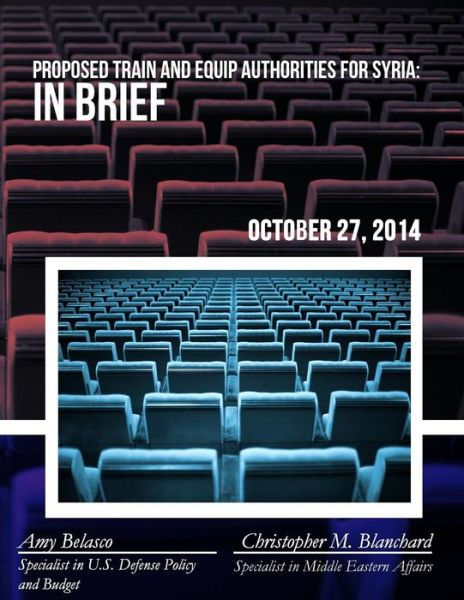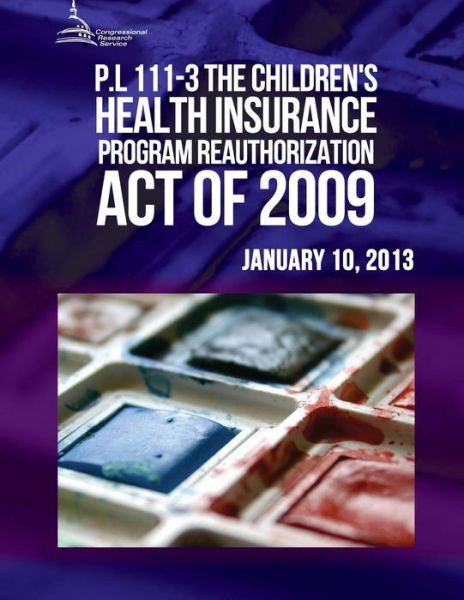
Recomienda este artículo a tus amigos:
Affirmative Action and Equal Protection in Higher Education
Congressional Research Service
Affirmative Action and Equal Protection in Higher Education
Congressional Research Service
When federal courts have analyzed and addressed "affirmative action" in higher education, they have done so in two distinct but related senses, both under the Fourteenth Amendment's guarantee of "equal protection." The first has its roots in the original sense of "affirmative action: " the mandatory use of race by public education systems to eliminate the remnants of state-imposed racial segregation. Because state-sanctioned race segregation in public education violates the Fourteenth Amendment's Equal Protection Clause, in certain cases involving a state's formerly de jure segregated public university system, a state's consideration of race in its higher education policies and practices may be an affirmative obligation. As the U. S. Supreme Court explained in its consequential 1992 decision United States v. Fordice, equal protection may require states that formerly maintained de jure segregated university systems to consider race for the purpose of eliminating all vestiges of their prior "dual" systems. Drawing upon its precedent addressing racially segregated public schools in the K-12 context, the Court established a three-part legal standard in Fordice for evaluating the sufficiency and effectiveness of a state's efforts in "dismantl[ing]" its formerly de jure segregated public university system. To that remedial end, mandatory race-conscious measures-in this de jure context-are not limited to admissions. Instead, remedies may also address policies and practices relating to academic programs, institutional missions, funding, and other aspects of public university operations. Outside this de jure context, "affirmative action" has come to refer to a different category of race-conscious policies. These involve what the Court at one time called the "benign" use of racial classifications-voluntary measures designed not to remedy past de jure discrimination, but to help racial minorities overcome the effects of their earlier exclusion. And for institutions of higher education, the Court has addressed one type of affirmative action policy in particular: the use of race as a factor in admissions decisions, a practice now widely observed by both public and private colleges and universities. The federal courts have come to subject these voluntary race-conscious policies-"affirmative action" in its perhaps more familiar sense-to a particularly searching form of review known as strict scrutiny. And even though this heightened judicial scrutiny has long been regarded as strict in theory but fatal in fact, the Court's review of race-conscious admissions policies in higher education has proved a notable exception, with the Court having twice upheld universities' use of race as one of many factors considered when assembling their incoming classes. The Court has long grappled with this seeming tension-between the strictness of its scrutiny and its approval of race-conscious admissions policies-beginning with its landmark 1978 decision in Regents of the University of California v. Bakke through its 2016 decision in Fisher v. University of Texas. Though the Equal Protection Clause generally concerns public universities and their constitutional obligations under the Fourteenth Amendment, federal statutory law also plays a role in ensuring equal protection in higher education. To that end, Title VI of the Civil Rights Act of 1964 prohibits recipients of federal funding-including private colleges and universities-from, at a minimum, discriminating against students and applicants in a manner that would violate the Equal Protection Clause. Federal agencies, including the Departments of Justice and Education, investigate and administratively enforce institutions' compliance with Title VI.
| Medios de comunicación | Libros Paperback Book (Libro con tapa blanda y lomo encolado) |
| Publicado | 2 de febrero de 2019 |
| ISBN13 | 9781795705271 |
| Editores | Independently Published |
| Páginas | 52 |
| Dimensiones | 216 × 280 × 3 mm · 145 g |
| Lengua | English |
Mas por Congressional Research Service
Ver todo de Congressional Research Service ( Ej. Paperback Book y Book )

 Los regalos de Navidad se podrán canjear hasta el 31 de enero
Los regalos de Navidad se podrán canjear hasta el 31 de enero


